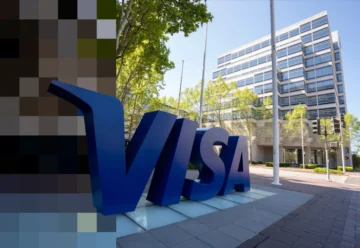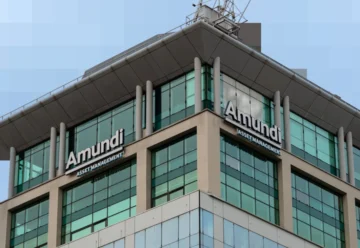Tokenized Money Market Funds to Amplify Systemic Risks in Crypto Ecosystem

The Bank for International Settlements (BIS) recorded a sharp rise in the popularity of tokenized money market funds (TMMF). However, analysts stress that despite their attractive yields, this instrument carries risks for the entire cryptocurrency market.
Matteo Aquilina, Ulf Lewrick, Federico Ravenna, and Lorenzo Schönleber from the BIS published a report stating that the popularity of tokenized money market funds is growing rapidly, which may contribute to heightened systemic risks within the crypto ecosystem.
According to the report, TMMFs are tokenized shares of funds that invest in money market instruments such as short-term U.S. government bonds and repos. The tokens circulate on public blockchains and can be used within DeFi ecosystems. The authors estimate that the total value of assets invested in TMMFs rose from around $770 million at the end of 2023 to nearly $9 billion as of late October 2025.
The document notes that the multi-layered structure of TMMFs combines advantages, such as money market rate returns and on-chain liquidity, with features that may threaten the stability of the broader crypto market. The report highlights several key potential risks associated with tokenized money market funds, including:
- Liquidity risk. TMMF tokens circulate on blockchain networks 24/7 and can be redeemed or sold instantly, while the underlying assets lack such immediate liquidity.
- High holder concentration. Up to 90% of the tokens in the largest TMMFs are concentrated in a handful of wallets, increasing the risk of abrupt one-sided flows.
- Operational and technological risks, including smart contract vulnerabilities, the possibility of cyberattacks, exploitation of blockchain infrastructure flaws, and dependence on external technology providers.
- Regulatory and compliance risks. The use of allow-listed addresses supports AML/CFT compliance, but implementation remains fragmented across jurisdictions, creating supervisory gaps and complicating regulatory coordination.
- Interconnection with stablecoins. Some funds allow instant conversion of their tokens into stablecoins, which in moments of panic or large-scale withdrawals may serve as a channel for transmitting shocks from one segment of the crypto market to another.
BIS analysts predict that as the tokenized asset market continues to grow, these risks may become systemic unless regulators and operators establish common standards for liquidity management, transparency, and oversight.
BIS analysts view tokenization technology as a foundation of the future financial system. Meanwhile, total assets under management (AUM) in the tokenization sector reached $270 billion by mid-2025.











